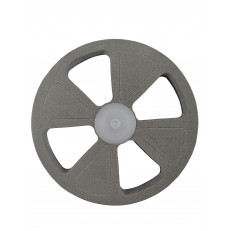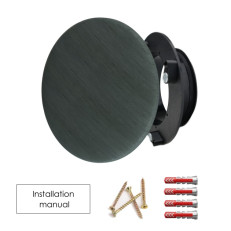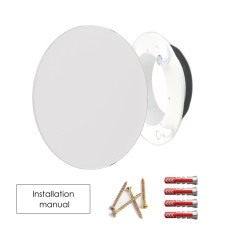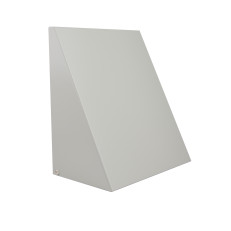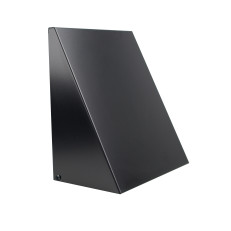EPE x ADURO part 1
In this article, we try to objectively describe the advantages and disadvantages of the two systems we use for intake and exhaust in recuperation systems for family homes and small businesses.
Their biggest advantage is that the material they are made of is an insulator. Thanks to its low weight and low cutting resistance, it brings practical advantages such as high assembly speed . Thanks to the system solution, both systems have minimal thermal bridges and a maximum chance for the construction to be completed without complications such as condensation and leakage.
We currently have two systems in our assortment that meet the above. We denote as EPE (HR-WTW) and EPS (ADURO) . The HR-WTW designation for EPE pipes is no longer quite correct. The manufacturer replaced the line with the name AERFOAM, which now has a production with a lower carbon footprint, but the other characteristics are the same, so we stick to the established name.
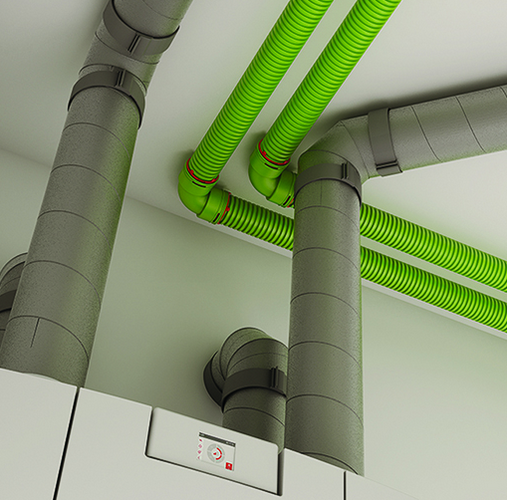
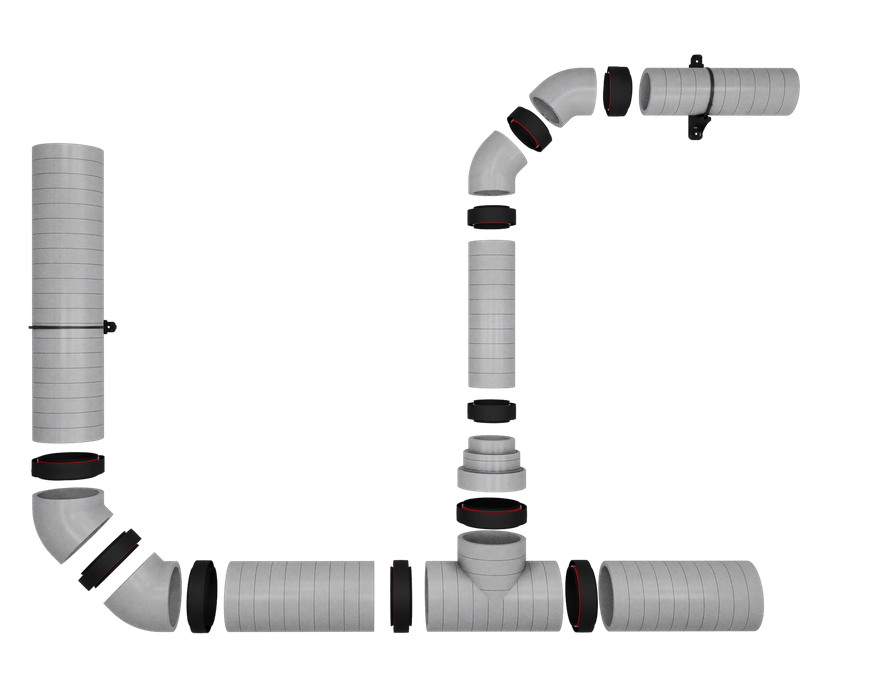
Giant. No. 1 and 2 left EPE system, right ADURO system
Due to the comprehensiveness of the topic, we have divided it into two articles:
Article Outline Part 1:
- the situation
a) temperature drop in the pipeline
- calculation
- measurement outputs
b) coupling heat losses
- thermal camera outputs
4) Experience of our installers
5) Overall assessment
1 ) DIMENSIONAL SERIES
MATERIAL: | EPE | EPS |
SYSTEM NAME: | AERFOAM ((HRWTW) | ADURO |
|
| AVAILABLE DIMENSIONS | |
Conduit | 125, 150, 160, 180, 200 | 125,160,200 |
Knees | 45°, 90° | 45° |
Clutches | 125, 150, 160, 180, 200 | 125,160,200 |
T-pieces | 125-125, 150-125, 160-125, 160-160, 180-125 | 125-125, 160-160, 200-200 |
45° turn | 150-150, 180-180 |
|
Transitions | Between 180 and 125 all | One universal 125-160-200 |
System anchoring | 125,150,160,180 | One universal holder |
Roof elements | Yes | No |
Control valve for pipe (for servo drive) | No | Yes (125, 160, 200) |
Of the above, the most limiting factor is the absence of ADURO 90° knees.
2) PHYSICAL PROPERTIES
EPE | EPS/ ADURO | |
Material | EPE | EPS with carbon additives |
Density | 30 kg/m3 | It is not listed in the documents |
Coefficient of temp. conductivity | 0.041 W/mK (EN 12667) | 0.031 W/mK |
Wall thickness | 16 mm | 17 mm |
Reaction to fire | Class B – s2, d0 (EN 13501 – 1:2018) | EN 13051-12019-02 |
Air tightness | (EN 12237) = ATC 2 (EN 16798) | It is not listed in the documents |
Temperature range | -30 to +60 °C | -15 to +50 °C |
Heat transfer coefficient of the structure (U) | 1.39 Wm -2 .K -1 |
The main advantages of both systems given by physical properties:
‐ Very well insulated and sound-absorbing air ducts, without thermal bridges
‐ Low pressure loss due to the very smooth inner surface
‐ Light material that is easy to cut, flexible and pliable, resistant to impacts
‐ It does not rust
3) EXPERIMENTAL PART
!!! First of all, it is necessary to remind that all the results below are only for our needs. They were not conducted in a certified laboratory, so any results must be taken with a grain of salt. We like to use both systems and we do not want to damage any brand!!!
In our experiments, we were interested in two main parameters. And whether in real conditions the measured values will be close to the values stated in the technical sheets and what are the leaks in the system couplings.
Since we do not have a high-quality source of cold, we used colder conditions and performed the test in the opposite way from the usual temperature point of view.
In the house in the winter, we lead the cold air that is drawn in and blown out through a pipe through a technical room that is heated. In our experiments, we chose the opposite procedure, we lead the heated air through a cooler environment.
We created an assembly that consisted of a heater, a fan and 4 m of system insulation (EPE, ADURO).
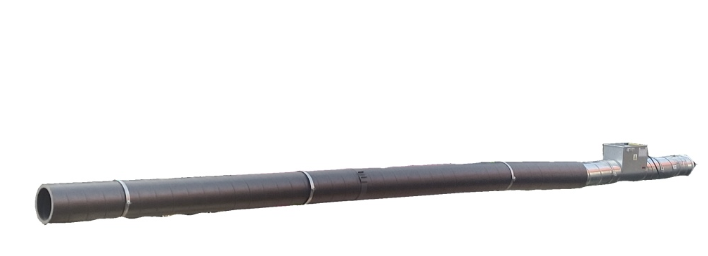

Giant. Nos. 2 and 3, on the left, the assembly for measurement, on the right, reading the flow and temperature at the end of the branch
| Flow: | 315 m3/h |
| Ambient temperature: | 7°C |
| Average air temperature at the pipe inlet (behind the heater): | 29°C |
| Pipe length (EPE 2x2m, ADURO 4x1m) | 4 m |
| Number of EPE connectors on the route | 1 piece |
| Number of ADURO couplings on the route | 3 pcs |
(see calculation for other inputs)
a) temperature drop in the pipeline
For this test, the temperature was measured after the heater at the inlet to the EPE/ADURO and at the outlet. Each set was measured for 10 minutes to stabilize the conditions.
Calculation results using ( www.qpro.cz - thank you):
|
| EPE | ADURO |
Pipe outlet temperature | 28.1°C | 28.3°C |
Temperature difference between inlet and outlet | 0.9°C | 0.7°C |
Pipe surface temperature | 9.925°C | 9.263°C |
Heat loss | 90.7W | 70.55W |
Computing protocol |
The results of our measurement:
|
| EPE | ADURO |
Pipe outlet temperature | 27. 3 °C | 28.1°C |
Temperature difference between inlet and outlet | 1.7°C | 0.9°C |
Coefficient of temp. conductivity - by calculation | 0.1 W/ mK | 0.04 W/mK (catalogue 0.031) |
Rating:
The fact that ADURO is a better insulator is clearly determined by its physical properties and wall thickness. The insulating capabilities of the ADURO system are more pronounced in the exhaust air after recuperation, which has a relative humidity of almost 100% in winter.
If we are forced to run the pipe through an unheated space (soil), the reduction of the surface temperature inside the pipe will cause a large amount of extra condensate. ADURO can partially prevent this phenomenon. Even so, it is necessary to install the condenser piece.
Both systems have sufficient heat resistance for the cases of suction and exhaust of recuperation passing through a normal heated space (technical room).
The article continues with the second part here .

